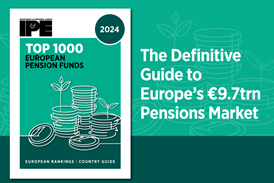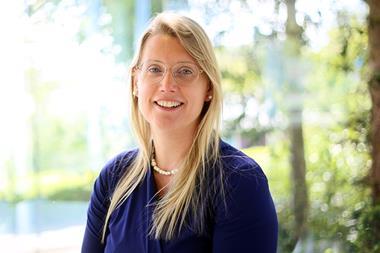The introduction of a minimum pension contribution of 3% for Belgian employees will translate into €1.5bn in additional pension contributions per year, an increase of about 37%.
However, according to the Belgian pension federation, more is needed.
“I think we need to be more ambitious,” said Ann Verlinden, director of the Belgian pension federation PensioPlus.
On Thursday, the federation commented on the pension plans of the new federal government that were announced earlier this month (see box), during a press conference in Brussels.
Belgian employers only have to increase pension contributions to a minimum of 3% by 2035. According to PensioPlus, this takes so long because social partners still have to negotiate first.
“The question here is how much of that increase will go at the expense of the maximum wage increase,” explained Jan de Smet, the president of PensioPlus.
In Belgium, wages are not allowed to increase by more than inflation plus a certain percentage each year.
Cuts in civil servants’ pensions
An increase in employer contributions will be offset by cuts in civil servants’ pensions and increases in the retirement age for certain privileged professions, worth €3.1bn per year in 2029.
For example, the retirement age for civil servants and railway workers will be raised and their pensions will be reduced.
In protest against this, strikes and demonstrations have been taking place in Belgium for weeks, organised by the unions. For example, a nine-day strike by the Belgian railways began last Friday. A ‘national strike day’ is planned for 31 March.
It is not yet clear how much of that €1.5bn extra pension premium will go to pension funds. They compete with insurers in the second pillar system, in which the latter manage about €70bn. That is a lot more than the combined assets of the Belgian pension funds, which stand at €46bn.
“We hope that a large part of the extra pension contributions will go to the pension funds,” Verlinden said.
Much depends on whether sectors or companies that have now placed their pensions with an insurer want to switch to a pension fund. Sometimes accruals are even divided between an insurer and a pension fund within one single sector. This is the case, for example, for the Belgian metals industry, said de Smet, who is also the chair of the metals industry pension fund.

“The blue-collar workers are with our pension fund, while the white-collar workers are with an insurer,” de Smet added.
“That distinction between white-collar and blue-collar workers will soon disappear, and we would like to see the pensions of white-collar workers transferred to the pension fund. But the insurer charges a hefty penalty for this, so it’s not sure this will be possible.”
Common sense
PensioPlus is pleased with the set-out growth path in the second pillar. At the moment, a fifth of Belgian employees do not accrue any pension at all in the second pillar. For those who do, the premium is only 1.5-2% on average.
In total, this amounts to €1.5bn in extra pension contributions per year. By Belgian standards, that is a hefty amount. In 2021, employer contributions amounted to about €4bn.
“The second pillar is now finally recognised as an integral part of the pension system,” Verlinden noted. “Making capital funding more important is simply common sense,” she added.
Most Belgians are largely dependent on the state pension. Currently, the pension pot in the second pillar of the average Belgian on retirement date contains only €51,000.
This pension tends to be paid out in a lump sum at retirement. Belgians can then purchase a pension from an insurer.
Ambition for further contributions increase
With the introduction of the mandatory pension contribution of 3%, the replacement rate, the percentage of income compared to the final salary, will for the first time be around the average of 54% of the OECD.
However, this is still insufficient as far as PensioPlus is concerned.
“We are very happy with this step, but it should not be the end point,” said Verlinden, reiterating her earlier point on further ambition. A replacement rate of 70%, currently equivalent to a second-pillar pension of €1,000 per month, should be the ultimate goal for PensioPlus.
According to the pensions association, this requires a pension pot between €300,000 and €400,000 on the retirement date. Less than 10% of employees already arrive at such a number at retirement date. To save the desired amount, a further increase in contributions to 8.33% is needed, according to PensioPlus.
The latest digital edition of IPE’s magazine is now available






















No comments yet